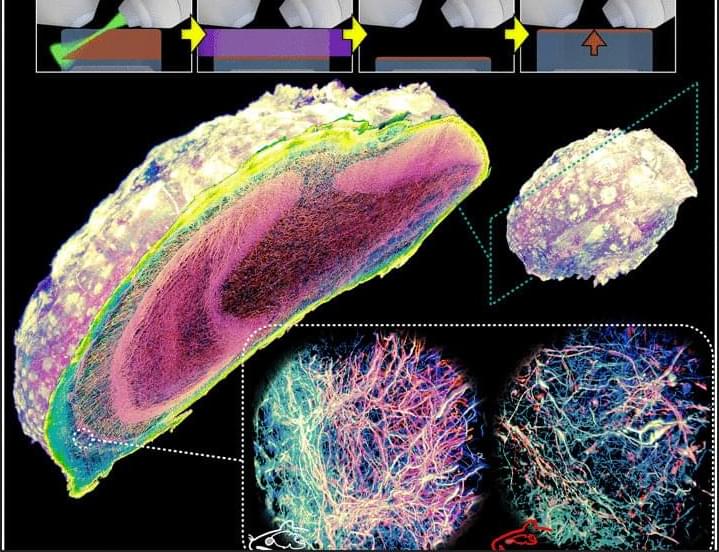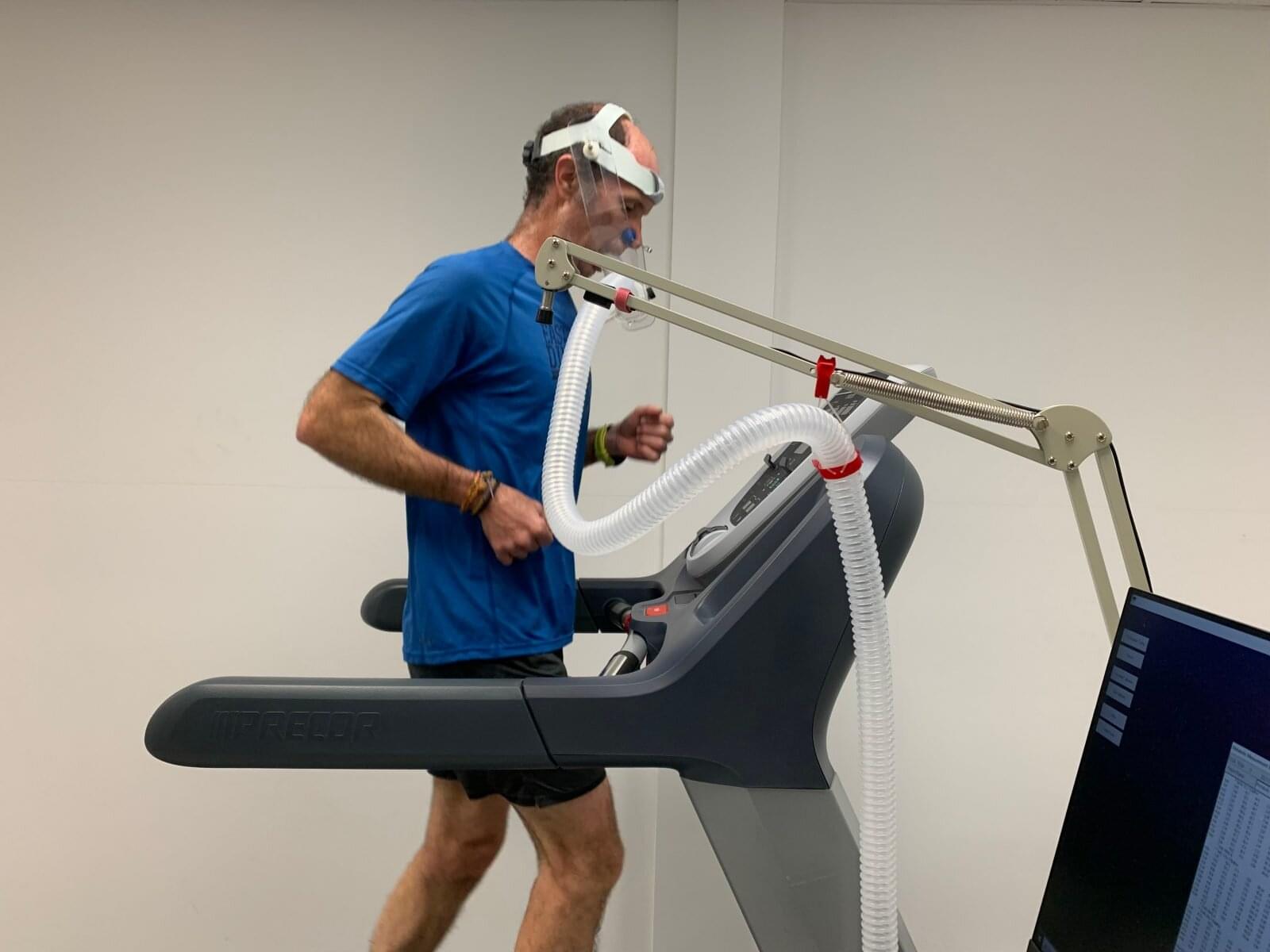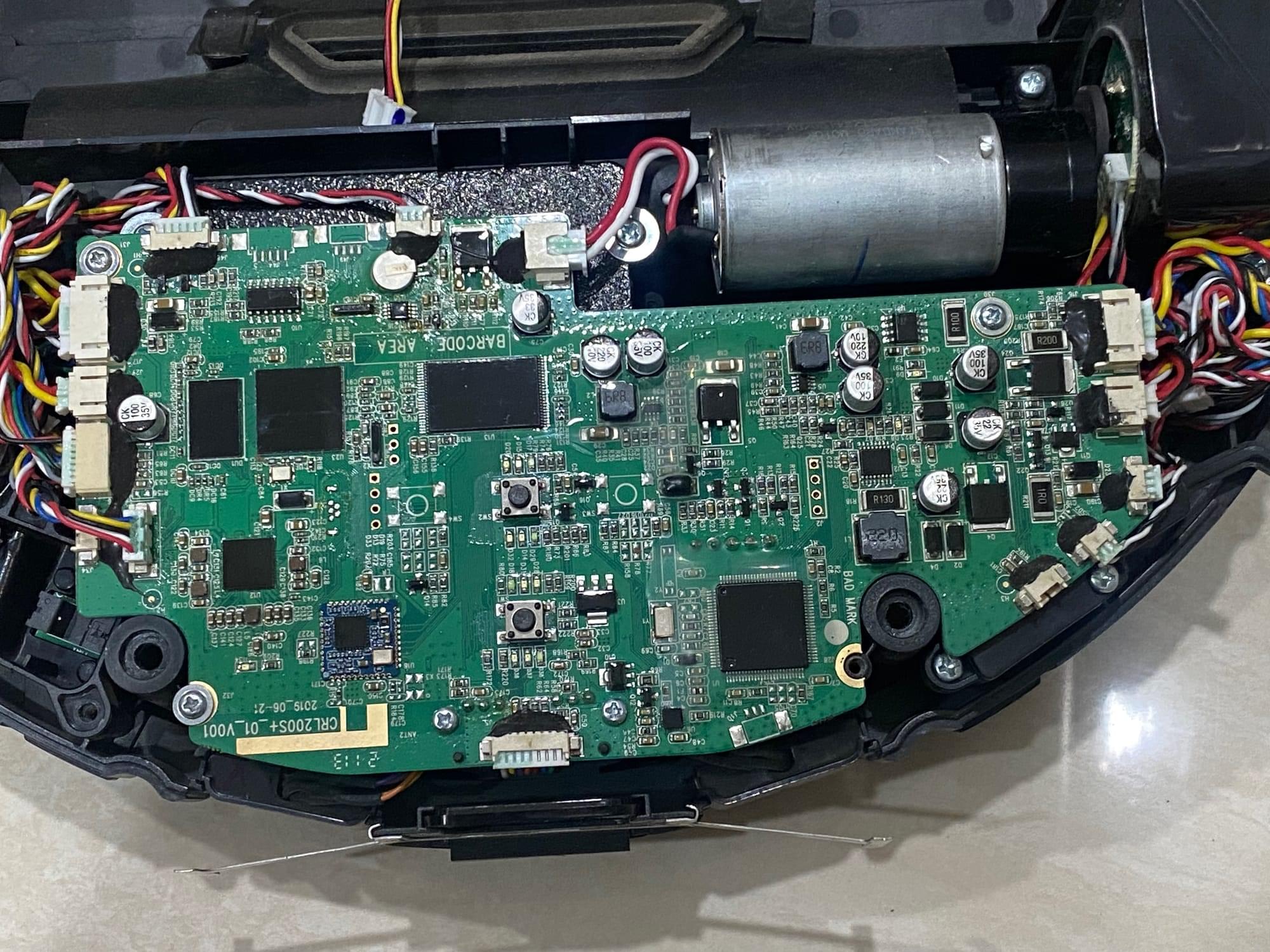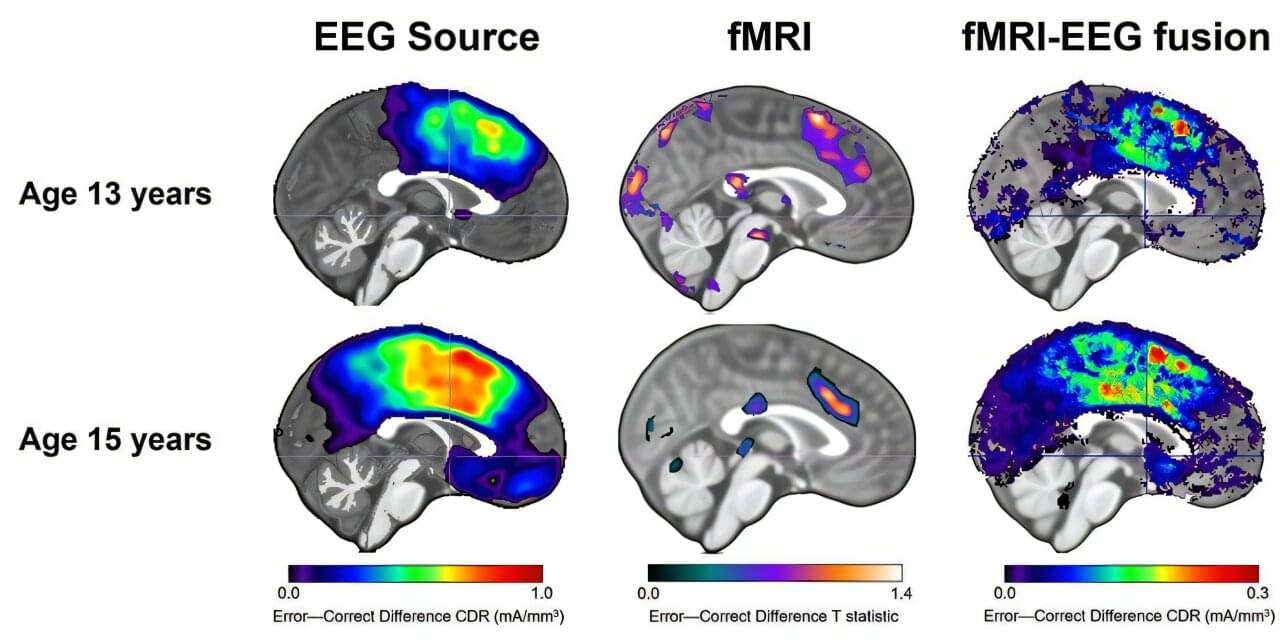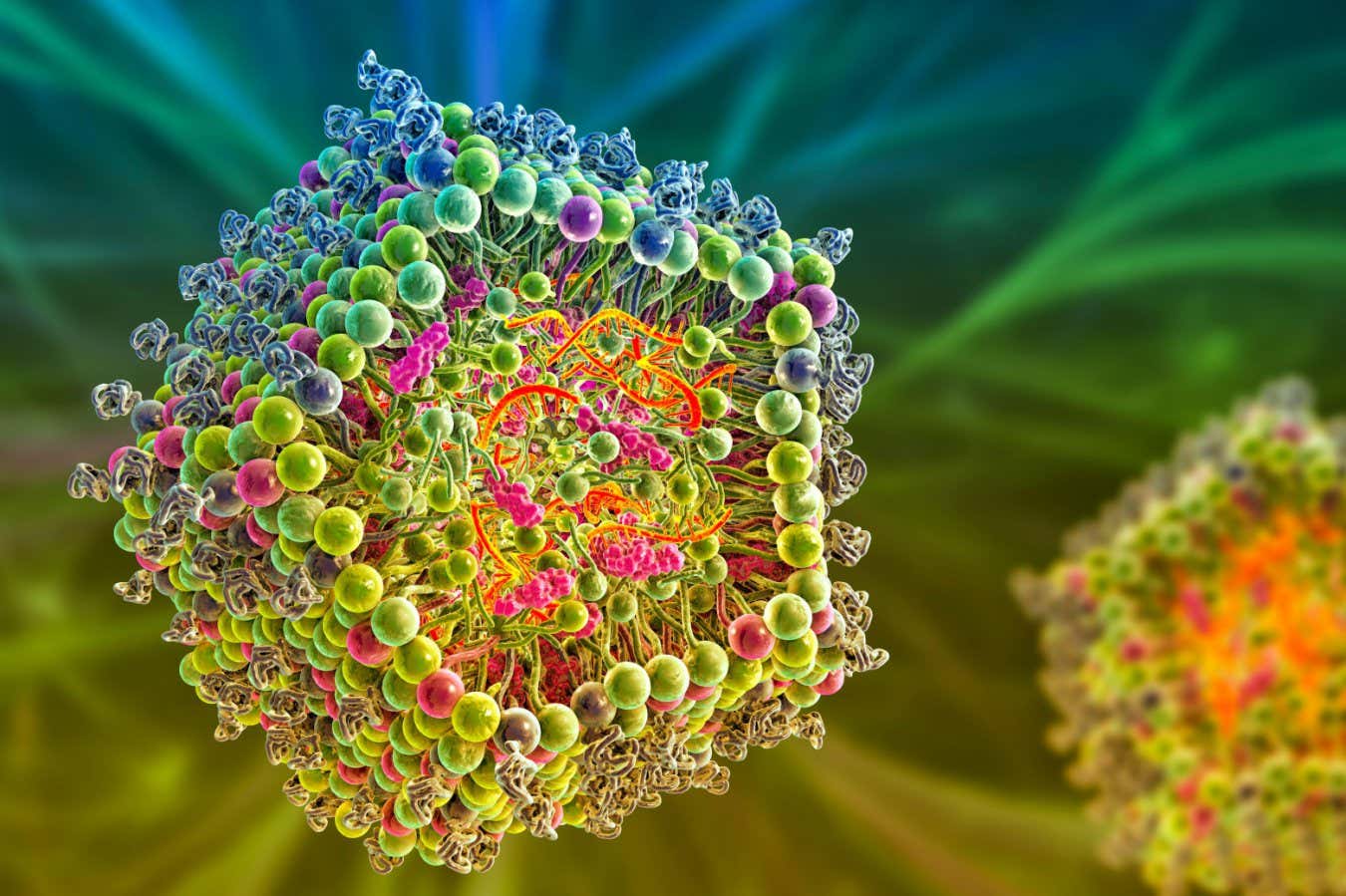I first explored this amazing work back when it was a preprint! Wang et al. herein developed VIPS (volumetric imaging via photochemical sectioning), a way of using UV light to remove layers of expanded tissue-hydrogel, allowing combination of high-resolution lattice-light sheet microscopy with expansion microscopy. Link: [ https://www.science.org/doi/10.1126/science.adr9109]
In my opinion, this technology has enormous future promise for high-throughput connectomics! They will need to improve their labeling density so that higher expansion factors can be used, but this problem is well-studied and I think the issue will likely be solvable with additional resources/effort.
Optical nanoscopy of intact biological specimens has been transformed by recent advancements in hydrogel-based tissue clearing and expansion, enabling the imaging of cellular and subcellular structures with molecular contrast. However, existing high-resolution fluorescence microscopes are physically limited by objective-to-specimen distance, which prevents the study of whole-mount specimens without physical sectioning. To address this challenge, we developed a photochemical strategy for spatially precise sectioning of specimens. By combining serial photochemical sectioning with lattice light-sheet imaging and petabyte-scale computation, we imaged and reconstructed axons and myelin sheaths across entire mouse olfactory bulbs at nanoscale resolution.
